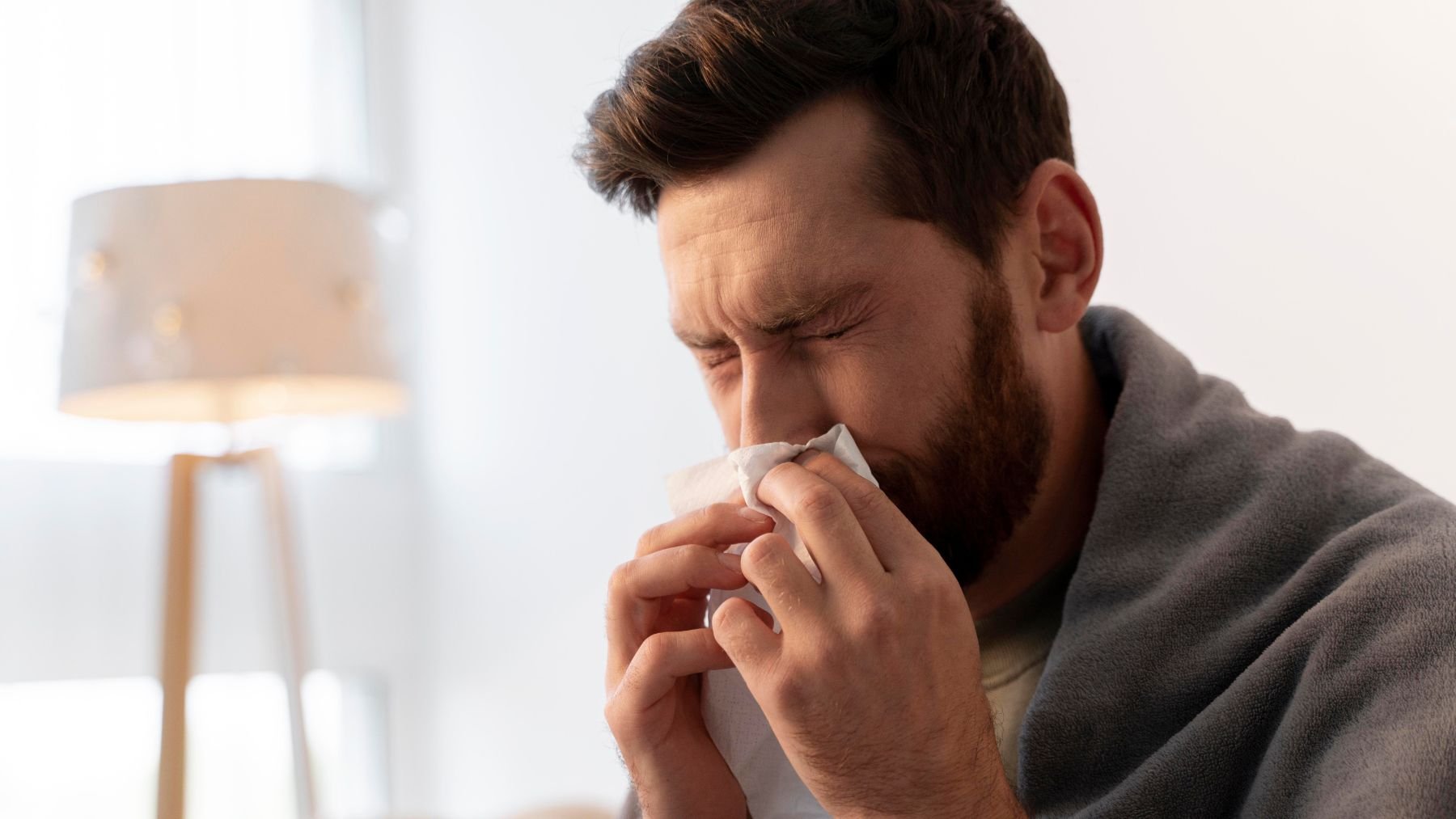Some people seem to get sick at the slightest change of weather, while others never catch colds even in the middle of flu season. This puzzling difference has caught the attention of cold experts, who are trying to understand why certain individuals resist infections that quickly take others down.
The common cold doesn’t have a cure, and remedies only ease symptoms. Yet, researchers say there’s more to the story than just bad luck. According to experts, both genetics and prior exposure to viruses can play a big role in whether someone gets sick or stays healthy.
Why some people get sick while others don’t
Cold specialists describe it as the million-dollar question: why do some people develop symptoms and others don’t, even when they share the same environment? Studies suggest that our genes influence how vulnerable we are to infections, while our immune history provides an extra shield.
Gregory Poland, director of the Mayo Clinic Vaccine Research Group, explains that age can actually work in favor of older adults. Over the decades, they’ve faced many more viruses than younger people. That experience leaves behind immunity to specific strains. For example, the cold that knocked out a younger passenger might be one that an older person has already beaten before.
But chance still plays a part. Cold viruses spread through the air, making it easy for a cough or sneeze in a crowded plane, theater, or church to send millions of particles toward someone else. As Poland points out, touching the eyes, nose, or mouth after contact with contaminated surfaces like doorknobs is another common path to infection.
He also emphasizes the importance of “respiratory etiquette.” Many adults, he says, don’t follow the basic rule children learn in school: coughing or sneezing into the elbow instead of into the hand or the air. This small step could reduce the chain of transmission significantly.
The science of cold immunity
Another expert, John Treanor from the University of Rochester, highlights that it may take years before scientists fully understand why colds affect people so differently. Still, uncovering the mechanisms behind genetic resistance or lasting immunity could help create targeted vaccines or treatments in the future.
The impact of such a breakthrough would be significant. Poland notes that the average person spends about one year of their life sick in bed with colds. Unlocking the secrets of immunity could dramatically reduce that burden.
In the end, it’s a mix of genes, prior exposures, and everyday habits that determine whether you stay healthy or end up with a runny nose. And for now, experts remind us that while luck plays a role, our actions—like practicing better hygiene—can make a big difference too.
Everyday actions that increase or lower your risk
Experts warn that many infections are passed almost invisibly in daily routines. In crowded places, people frequently touch their faces without noticing. A quick rub of the eyes or a hand over the mouth can transfer millions of viral particles. Poland describes how, within minutes, those same hands often reach out in a handshake, spreading the virus further.
This highlights the importance of small choices. Something as simple as using hand sanitizer after leaving the bathroom, avoiding unnecessary face-touching, or keeping distance when someone nearby is coughing can make a big difference. Even decisions like turning on the overhead fan on a plane, which can circulate airborne particles faster, may affect exposure risk.

